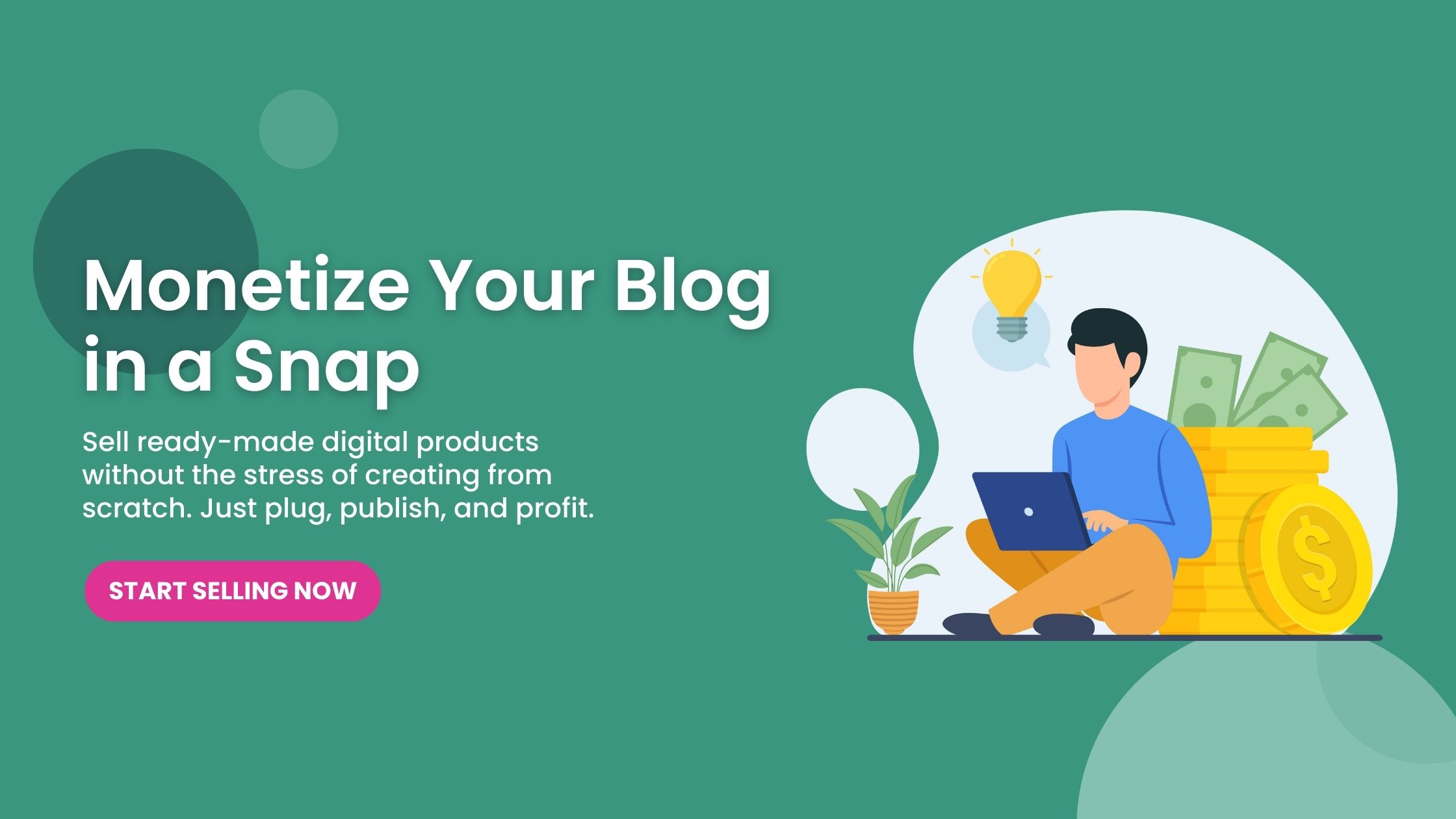Identify Your Niche and Audience
Understanding Your Passion
First things first, you gotta know what you’re passionate about. When I started my blogging journey, it was crucial to find that sweet spot between what I love and what people needed. Think about it—a blog fueled by passion is like a fire; it burns bright and attracts others. So grab a notepad and jot down everything that excites you.
But passion alone isn’t enough; it needs to resonate with your audience. Do a bit of research to find out what people are searching for in your area of interest. Google Trends and social media can be great friends in this respect. Remember, blogging without an audience is like shouting into the void.
Finally, picture your ideal reader. What problems do they face? How can your blog help solve them? Creating a persona for your audience can guide your content creation and make your writing much more relatable. So, dive deep and make it personal!
Research Your Potential Audience
Once you’ve got your niche nailed down, it’s time to identify who your audience is. I can’t stress enough that understanding who you’re speaking to will inform every aspect of your blog. Start by looking at forums, social media comments, and even direct questions people ask in your niche.
Creating surveys can yield valuable insights as well. You’d be surprised by how much people are willing to share when asked genuinely. Use platforms like SurveyMonkey or Google Forms to gather info that’ll help tailor your content.
Lastly, consider creating a focus group. Even if it’s just a few friends that share your interests, their feedback can be illuminating. Engage them in conversation about their challenges and interests within your niche for a goldmine of content ideas.
Define Your Unique Value Proposition
To really stand out, you need a unique value proposition (UVP). What do you offer that no one else does? I spent weeks crafting my own UVP, and it was worth every minute. As I refined my message, it became clearer how I would help my readers. You wanna be clear, concise, and engaging—like the irresistible headline of your blog!
Think about what makes your experience or viewpoint different. Maybe you’ve been through challenges others haven’t, or you possess knowledge that sets you apart. Whatever it is, make it the foundation of your content strategy.
Your UVP will guide your content creation, marketing efforts, and even how you interact with your readers. It’s basically your blog’s fingerprint—no one else can replicate it!
Create Valuable, Educational Content
Focus on Quality Over Quantity
Ah, the age-old debate of quality vs. quantity! Early on, I fell into the trap of thinking I needed to post every day. But honestly? Quality always wins. It’s much better to publish a piece that resonates deeply with your audience than to churn out mediocre posts just to keep up with a schedule.
When you focus on quality, your readers will notice. They’ll return to your blog, share your posts, and even engage in deeper conversations with you. Plus, search engines appreciate content that adds real value, which can help improve your visibility.
So, take your time! Research thoroughly, outline your points, and don’t rush through the editing process. Make your writing compelling, insightful, and, more importantly, beneficial to your readers.
Utilize Various Content Formats
As content creators, we have a wealth of formats available to us—blogs, videos, infographics, podcasts, you name it! If you look at my blog, you’ll see I experiment with all sorts of media because not everyone learns the same way. Some readers prefer text, while others might appreciate a quick video or a visual diagram.
Using various formats can also keep your audience engaged and coming back for more. If they know they can find a detailed article one week and an engaging podcast the next, they’ll keep your blog on their radar.
Also, don’t hesitate to repurpose your content. If you wrote a blog post, you can transform it into a video or a series of social media posts. This not only maximizes your reach but also reinforces your message in different forms.
Engage with Your Audience
Engagement is a huge part of building authority! When I first started, I made it a point to respond to every comment and social media interaction. It creates a sense of community and shows your readers that you care about their opinions and feedback.
You can also encourage conversation by asking open-ended questions at the end of your posts or running polls. It helps to foster a dialogue, rather than a one-way street in communication.
Don’t be afraid to get personal. Share your own experiences, struggles, and triumphs. The more relatable you are, the more likely your readers will trust you and engage with your content. Authenticity goes a long way!
Promote Your Blog Effectively
Utilize Social Media
Social media is an absolute game-changer for bloggers. I can’t tell you how often I tweet about a new post or share it on Instagram. Each platform has its own style, so tailor your approach according to where your audience hangs out the most.
Join relevant groups or communities where your potential audience is, and actively participate. Share your insights, provide value, and gradually introduce your blog into conversations. Just remember, it’s about building relationships, not just self-promotion!
Create shareable content that prompts your readers to share it with their own network. Eye-catching visuals, valuable tips, or thought-provoking questions can encourage them to hit that ‘share’ button.
Network with Other Bloggers
Another effective way to promote your blog is through networking. Collaborate with other bloggers in your niche. Guest posts, joint ventures, or webinars can help you tap into each other’s audiences. I’ve made many great connections through these collaborations, and it opened doors that I couldn’t have easily reached on my own.
Attend blogging conferences or local meet-ups. These gatherings not only provide great learning opportunities but also allow you to connect with potential partners and mentors.
Don’t underestimate the power of commenting on others’ blogs. Genuine, thoughtful comments can lead people back to your site, especially if they see you as a valuable contributor to their discussions.
Make Use of Email Marketing
Email marketing remains one of the most effective ways to build your audience. Start collecting emails from day one; you want to create a direct line of communication with your readers. Offer something valuable in return for their email—like a free guide or exclusive content. Trust me; it pays off!
Use newsletters to keep your audience updated about new posts, share personal stories, or provide insights. This keeps your readers engaged, interested, and looking forward to your emails.
Just ensure your emails are not overly promotional! Mix up the content—share tips, insights, and even a little personality. Building a strong relationship through email can make a huge difference in your blog’s growth.
Measure and Adjust Your Strategy
Analyze Your Performance
Alright, the creative side of blogging is super fun, but let’s get into the nitty-gritty of analyzing your performance. At least once a month, I dive into my analytics to see what’s working and what’s not. Google Analytics is a treasure chest of insights, so use it to track page views, bounce rates, and audience demographics.
Look for patterns. Are there certain types of posts that perform better than others? Where does your traffic come from? Knowing these insights can help inform your future strategies.
Also, don’t shy away from seeking feedback directly from your readers. A simple survey asking what they like and want to see more of can be incredibly beneficial.
Adjust Your Content Strategy as Needed
If you notice that certain types of content are falling flat, don’t be afraid to pivot your strategy. You’re not tied to any one approach just because it was your initial plan. Adaptability is essential in the blogging world. It keeps your content fresh and relevant.
Experiment with different topics, post formats, or even posting times. A/B testing can offer great insights, so play around and see what resonates. It might feel a bit trial and error at first, but you’ll find your groove!
Finally, don’t forget to celebrate your wins, big or small! They motivate you to keep going and remind you why you love blogging in the first place.
Set Goals and Review Them Regularly
Setting actionable goals is a must! I often set monthly goals based on what I want to achieve with my blog, whether that’s increasing engagement, growing my email list, or even hitting a specific traffic number.
Reviewing these goals regularly helps you stay on track. Take time at the end of each month to reflect on what’s working and what needs more attention. Celebrate your victories but also assess what you can improve next month.
It’s about cultivating a mindset that encourages growth and learning. Each blog post, social media interaction, or email sent contributes to your overall goal! Keep pushing forward, and before you know it, you’ll be in a position of authority.
FAQs
1. How do I choose a niche for my blog?
Start by identifying your passions and interests. Then research what topics resonate with potential audiences. Finally, find the intersection of the two to define your niche.
2. How often should I publish new content?
Quality over quantity is the best approach. It’s better to publish less frequently but ensure each post is valuable. Aim for a schedule you can realistically maintain.
3. What are the best ways to promote my blog?
Utilize social media platforms, network with other bloggers, and leverage email marketing to reach your audience effectively. Engaging in online communities can also boost your visibility.
4. What should I do if my content isn’t getting traction?
Analyze your performance using analytics tools, seek feedback from readers, and adjust your content strategy based on what you find. Experiment and keep iterating until you find what works.
5. How can I build a community around my blog?
Engage with your audience by responding to comments, asking for feedback, and creating content addressing their needs. Building a relatable and authentic voice also fosters connection and community.



